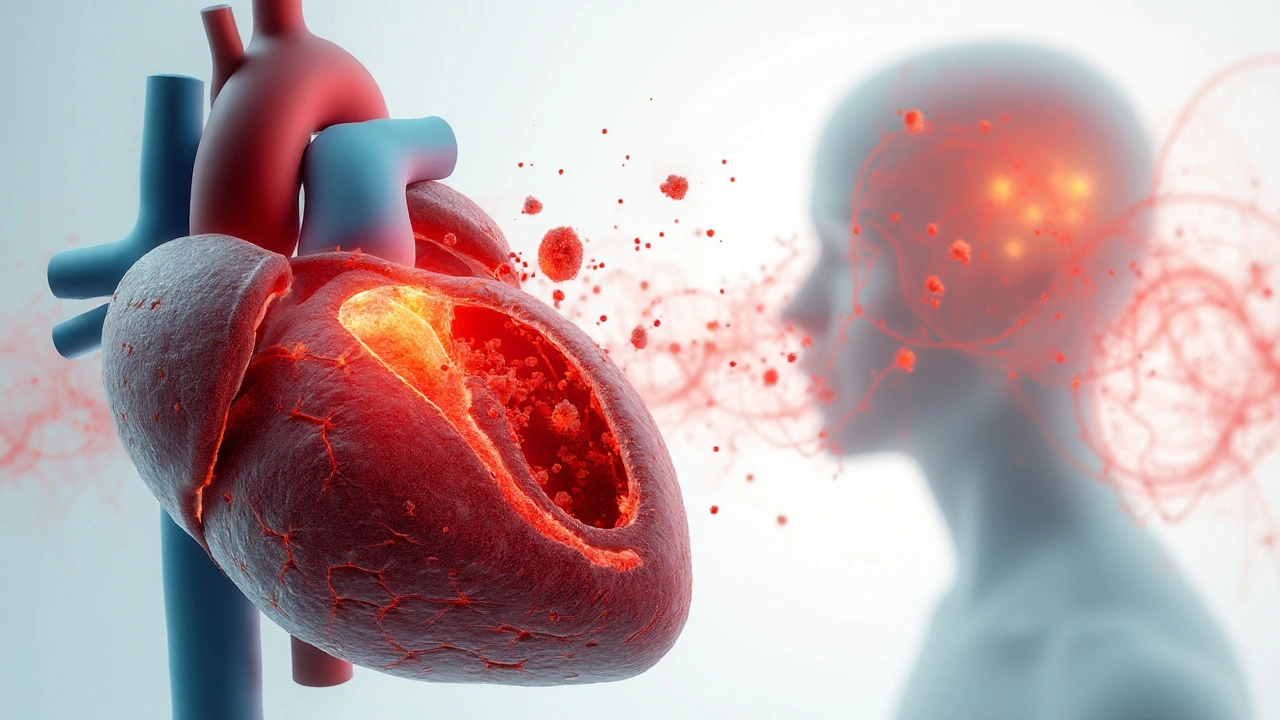Atrial Fibrillation: What You Need to Know
Atrial fibrillation, or AFib, is the most common irregular heartbeat you’ll hear about. It means the upper chambers of the heart (the atria) beat fast and out of sync with the lower chambers. When the rhythm is off, blood can pool and form clots, which may travel to the brain and cause a stroke. The good news is that doctors can spot AFib early and have several ways to control it.
Symptoms and When to Seek Help
Many people with AFib feel a fluttering or racing pulse in their chest. Others notice shortness of breath, fatigue, or light‑headedness, especially after exercise. Some don’t feel anything at all; the irregular beat shows up on a routine exam or a smartwatch. If you get a sudden, rapid heartbeat that lasts more than a few minutes, or if you feel dizzy or chest pain, call a doctor right away. Early detection cuts the risk of stroke and heart damage.
Diagnosis and Simple Tests
Doctors usually start with a quick physical check and an electrocardiogram (ECG) to record the heart’s electrical pattern. If the rhythm is intermittent, a wearable monitor or a Holter device can capture it over 24‑48 hours. Blood tests help rule out thyroid problems or electrolyte imbalances that can trigger AFib. Imaging like an echo looks at the heart’s structure and checks for valve issues that might need fixing.These tests give a clear picture of why the rhythm is off and guide the next steps.
Treatment Options and Lifestyle Tips
There are three main goals: stop the fast rhythm, prevent clots, and lower the chance it comes back. Medications called rate‑control drugs (like beta‑blockers or calcium‑channel blockers) slow the heart down. If the rhythm needs resetting, doctors may use a “cardioversion” shock or prescribe anti‑arrhythmic pills.
Blood thinners such as warfarin or newer direct oral anticoagulants (DOACs) cut the clot risk. Your doctor will choose the right one based on your age, kidney health, and other meds.
Beyond medicines, simple habits help a lot. Keep your weight in check, limit alcohol, quit smoking, and stay active with moderate exercise like brisk walking. Managing high blood pressure, diabetes, and sleep apnea also reduces AFib episodes.
If you have frequent episodes, a procedure called catheter ablation can seal off the tiny heart areas that cause the misfire. It’s not for everyone, but many patients feel a big improvement after it.
Living with AFib means staying on top of check‑ups, taking meds as prescribed, and listening to your body. With the right mix of treatment and lifestyle changes, most people keep a steady rhythm and lower their stroke risk.
Atrial Fibrillation and Embolism: What Causes Clots, Stroke Risk, and How to Prevent It
Why AFib leads to clots, how embolism causes stroke, who needs blood thinners, and how to cut risk-simple steps, evidence-backed tips, and clear checklists.
